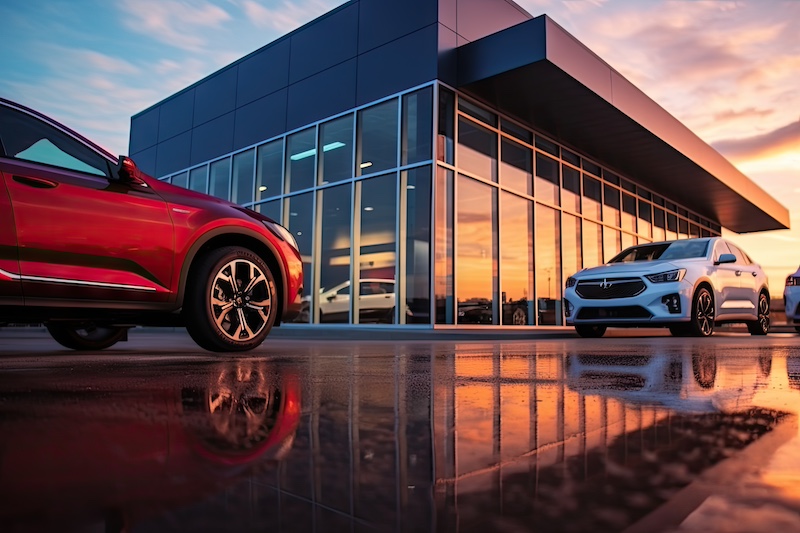There’s near-sacred belief among dealers with multiple locations that each store should stand on its own. Dealers might centralize administrative, accounting, human resources, purchasing and other necessary organization functions. But the day-to-day decision-making, and the responsibility for same, often rests with the general managers and their teams in individual stores.
Each dealership effectively has its own DNA, and it’s necessary and wise to give GMs and their teams latitude to ensure their stores shine. The group, meanwhile, benefits from the contributions the individual rooftops make to the financial health and well-being of the larger organization. But some dealers are questioning whether this traditional, more decentralized “one for all” approach to running a group of stores is really right for today’s more competitive and margin-compressed environment. They are asking, “if our stores are competing against each other, is the group ultimately competing against itself?” The question is a good one, and I think it’s time has come.
Dealer group principals recognize that we’ve entered a sales environment where surpassing last year’s achievements is not guaranteed, particularly in new vehicles. They are also keenly aware that margin compression is making every operational decision more important. As margins become razor-thin, there’s not that much tolerance, or forgiveness, for costly mistakes. I get asked which one is better—a “one for all” or an “all for one” approach to managing used vehicle operations across a group of stores? I’ll note that I don’t necessarily know the right answer, but there’s definitely evidence that the “all for one” approach is gaining ground.
I’ll point to three areas where dealer groups have departed from the more traditional “one for all” operational strategy in favor of an “all for one” approach:
1. Acquisitions: In the past three to five years, there’s been a more concerted effort among dealer groups (often with at least three stores) to centralize their wholesale buying efforts. The end game is a greater level of consistency and discipline in acquiring inventory, whether it’s from auctions or private sellers, to fit each store’s individual inventory and market needs. The groups also aim for an efficiency advantage. They groom a team of buyers, who often acquire inventory almost exclusively from online auctions, to become experts at finding the right vehicles for the right money for the right rooftop. The dealers often find these centralized buying operations also free up time of individual used vehicle managers to worry less about acquiring inventory, and spend more time managing their teams, working with customers and ensuring their inventory is properly merchandised and priced. This approach also minimizes the risk that buyers from the same group might compete against each other to acquire the same vehicle.
2. Appraisals: I’m seeing more centralized appraisal teams take shape, often as an off-shoot of centralized buying centers. For example, at a six-store group in the Midwest, the buying team found itself fielding calls from managers about the best number to put on a vehicle. The calls came frequently enough that the group tested whether the buy team might have a better view of the market and retail valuations to make a better offer—and perhaps one that reflected more of the group’s priorities than those of the individual manager trying to close a deal. The early results, as evidenced by stronger look to book and Cost to Market ratios on trade-in vehicles, suggest the group is on to something.
3. Allocations: Dealers have long bemoaned that organizations like CarMax gain advantage because they can simply move vehicles from one store to another if a particular vehicle isn’t performing the way they expect. But some dealers are doing more than complaining. They’re now using technology and tools to help identify if they’d be better off transferring a vehicle to another location. The assessment’s based on whether Market Days Supply and Cost to Market differences offer a sufficient profit advantage at a different store, including the cost of moving the car.
I’ll note that the “all for one” approaches may seem counter-intuitive for dealers who firmly believe each store should operate and stand on its own. But I’ll also add that if your dealer group was a boat, and your stores were the oars, it would probably move more efficiently and faster if everyone pulled together in the same direction.








